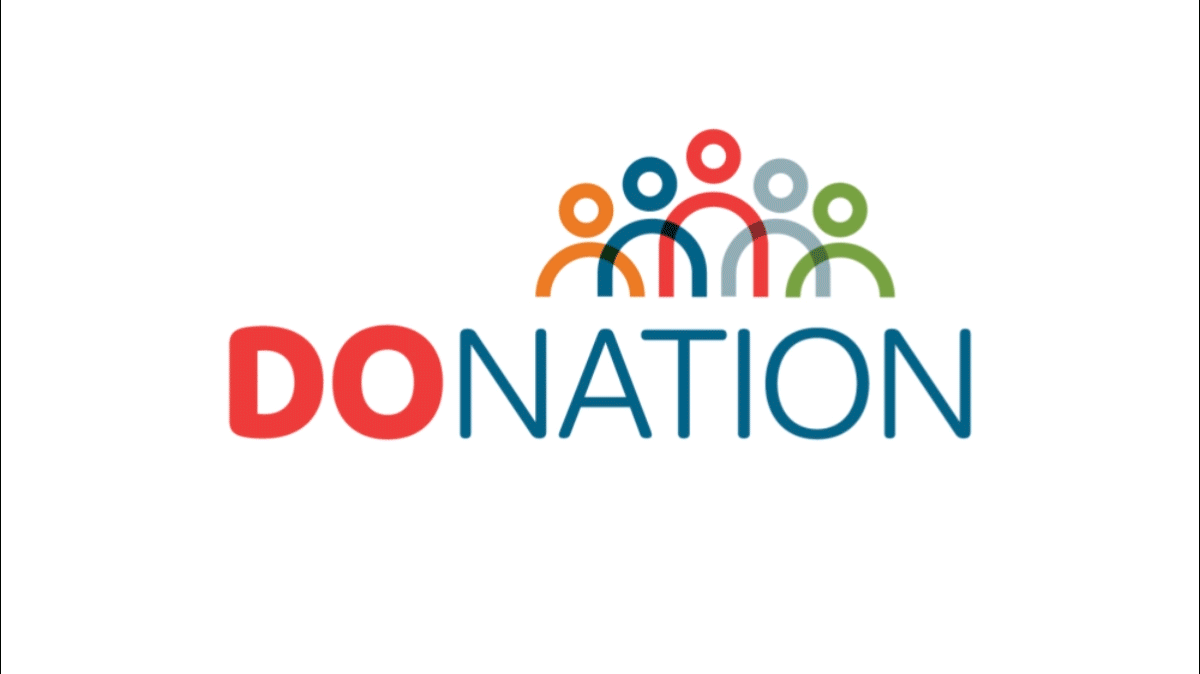As you know, COVID-19 has put unprecedented strain on the healthcare workforce, as it has demanded significant clinical resources and challenged staff well-being. Recognizing these challenges, Medical Solutions recently partnered with Modern Healthcare to host a webinar and shared how health systems can efficiently manage staffing during the pandemic with a human-first approach in the areas of recruitment and retention, managing employee burnout and the importance of workplace culture.
Here are our top five key takeaways:
- A lack of a support system and a lack of work/life balance are persistent contributors to healthcare worker burnout. In fact, 82% of nurses stated they’ve experienced significant workplace stress and as many as 25% of healthcare employees felt their organization offered too little mentoring. With the heightened stress caused by the pandemic, it’s critical that facilities acknowledge and address staff who are overworked and find ways to help them to alleviate this stress and feel like they are supported and not alone.
- Burnout can impact quality of care and your facilities’ bottom line. When nurses work more than 13 hours a day, they are 2.6x more likely to leave their jobs in the next year. Recognizing the average cost of turnover for one bedside nurse is $44,000—facilities can’t afford to have nurses leave because they are overworked.
- Your recruitment strategy should include an emphasis on technical fit and cultural fit. Traditionally, health organizations have a thorough vetting process based on skill set and training of an individual; however, Medical Solutions has found that focusing on the more subjective ways a candidate fits the culture of your team is equally as important to ensure they are the right match.
- To avoid a lag in staffing, have a plan in place for an unforeseen influx of patients, as we saw with the COVID-19 pandemic. Some considerations may include evaluating your health system’s dual employees to understand where gaps may be or have a staffing partnership in place to help with your projected staffing needs.
- Statistics show that 83.3% of organizations view retention strategy as a key business initiative, and yet, despite this level of awareness, only 39.4% have a formal retention strategy plan in place. Some key steps to increase retention include being transparent, making leadership more visible, offering mental and emotional support for employees, and balancing your staff.
If you’re interested in learning more about our services and how we’re addressing nurse burnout, please listen to the “How to manage burnout and ensure quality care—Leading your workforce through COVID-19” webinar or contact Rory Audino at 402-986-5167 or rory.audino@medicalsolutions.com, or Blake Sorrell at 402-401-4505 or blake.sorrell@medicalsolutions.com.
Article contributed by SDAHO Enterprises Endorsed Business Partner, Medical Solutions




